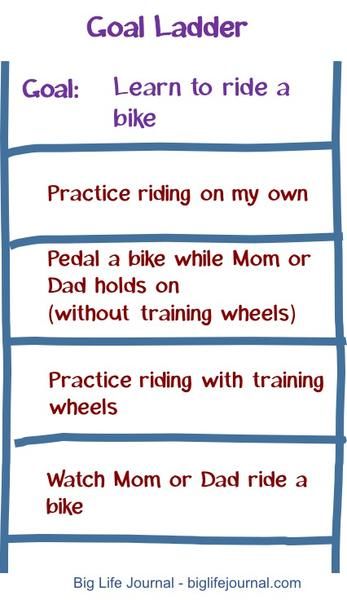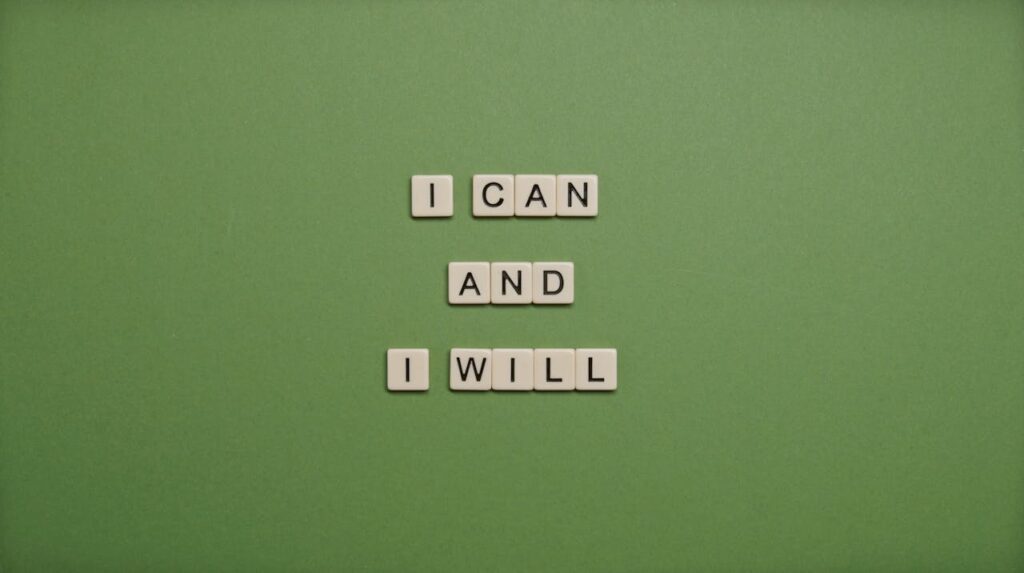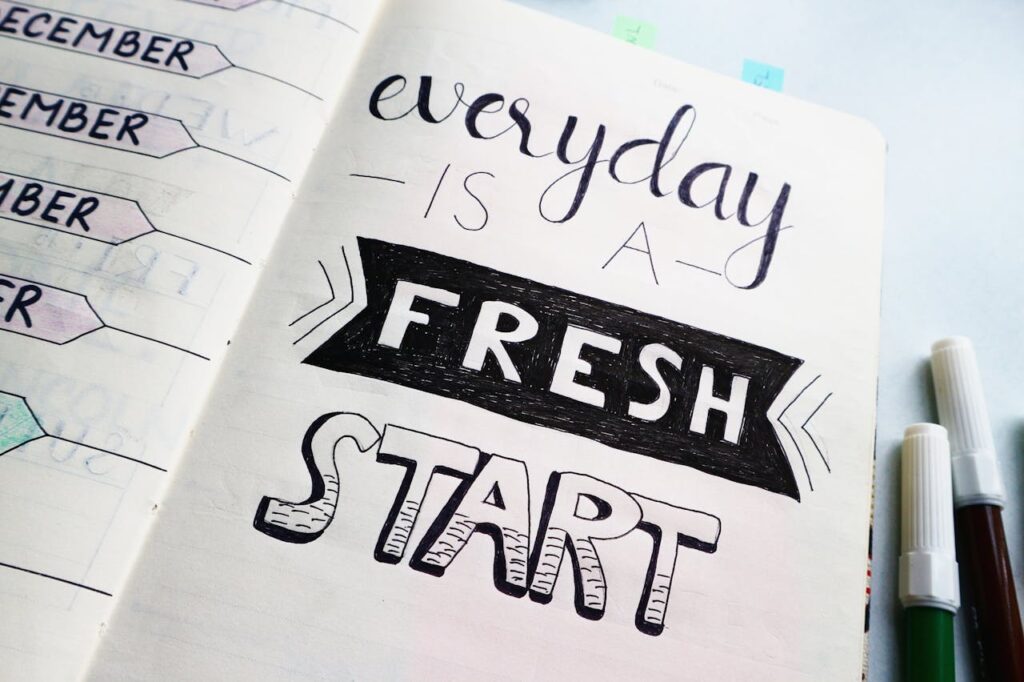Why Goal Setting is Essential for Kid
Many parents overlook the importance of goal setting for children, assuming it’s an adult responsibility. However, teaching kids how to set and work toward goals from an early age can significantly impact their personal development. Goal setting equips them with problem-solving skills, resilience, and self-confidence, which are essential attributes for success in adulthood.
Children who set goals learn how to prioritize, plan, and adapt when challenges arise. More importantly, achieving even small milestones boosts their self-esteem and motivation, preparing them for bigger challenges in the future.
The Benefits of Goal Setting for Children
Goal setting is more than just an academic exercise. It fosters essential life skills.
Some key benefits include:
- Encourages Responsibility: Children learn to take ownership of their aspirations and actions.
- Enhances Problem-Solving Skills: They discover creative ways to overcome obstacles.
- Builds Confidence: Achieving goals reinforces their belief in their capabilities.
- Develops Resilience: Facing setbacks teaches them to persevere.
- Increases Motivation: Children stay engaged when they have clear and meaningful objectives.
How to Make Goal-Setting Fun for Kids
1. Let your Kids Take Charge of Their Goals
One of the best ways to keep goal setting fun and engaging is to allow children to choose their own goals. Ask open-ended questions like:
- “What’s something you’d love to achieve?”
- “If you could do anything without failing, what would it be?”
Encouraging children to dream big fosters excitement and creativity. The more invested they are in their goals, the more motivated they will be to achieve them.
2. Use the Goal Ladder Technique
Breaking down a large goal into smaller, manageable steps makes it feel more attainable. The goal ladder technique is an excellent visual tool for children:
- Draw a ladder on a large piece of colorful paper.
- Write the big goal at the top.
- List smaller milestones on each step leading up to the main goal.

This method helps children understand that every small step brings them closer to success.
3. Turn Goal Setting into a Game
Children learn best through play, so gamifying the goal-setting process can make it more engaging. Some fun ways to incorporate goals into their daily routine include:
- Sticker Charts: Reward progress with stickers or badges.
- Treasure Hunts: Hide clues or rewards for completing goal-related tasks.
- Spin the Wheel: Create a spinning wheel with mini-challenges related to their goals.
4. Create a Vision Board
A vision board is a powerful way to visualize goals. Have your child cut out pictures, words, and symbols that represent their ambitions and paste them onto a board. Placing the vision board somewhere visible serves as a daily reminder of what they’re working toward.
5. Encourage Positive Affirmations
Confidence plays a significant role in achieving goals. Teach your child the power of positive self-talk by introducing daily affirmations like:
- “I am capable of achieving my goals.”
- “I believe in myself and my abilities.”
- “Challenges help me grow and become stronger.”

6. Teach Your Kids to Overcome Obstacles
Setting goals isn’t just about success. It is about resilience. When children face difficulties, encourage them to think critically about solutions.
Ask them:
- “What’s standing in your way?”
- “What’s another way you could try to reach your goal?”
- “How can we make this step easier for you?”

By guiding them through setbacks instead of solving problems for them, you’re helping build their problem-solving and perseverance skills.
7. Track Progress Together
Celebrating progress keeps children motivated. Use a progress tracker, journal, or calendar to mark achievements along the way. When they reach a milestone, acknowledge their hard work with praise, a small reward, or a fun activity.
8. Make It a Family Activity
When the whole family sets and shares goals, children feel more inspired. Set your own goals alongside them and discuss progress during family meetings. This approach fosters a goal-setting culture at home and sets a positive example.

Common Goal-Setting Mistakes Parents Should Avoid
- Setting Goals for their Child: Children need autonomy in choosing their goals.
- Making Goals Too Hard: Unrealistic expectations can lead to frustration.
- Focusing Only on the Outcome: Celebrate progress, not just results.
- Overloading with Too Many Goals: Start with one or two achievable objectives.
FAQs
Why is goal setting important for kids?
Goal setting helps kids develop responsibility, confidence, problem-solving skills, and resilience which are all essential for success in life.
At what age should kids start setting goals?
Even preschoolers can begin setting simple goals, such as learning to tie their shoes or completing a puzzle. The key is to tailor goals to their developmental stage. My two girls (a toddler and a preschooler) are already learning how to set goals. Although my toddler now gets the gist and can put a few words together in writing, my preschooler on the other hand is yet to understand it the whole thing. But like I said, it’s about the process, not the result.
How can I help my child stick to their goals?
Use visual aids like goal ladders and vision boards, track progress together, and offer encouragement when they face challenges.
What if my child wants to give up on their goal?
Remind them why they started, break the goal into smaller steps, and focus on past achievements to boost their motivation.
How do I make goal setting fun for my child?
Turn it into a game, use rewards and tracking charts, and let them be creative with vision boards and storytelling.
Should I reward my child for achieving their goals?
Small rewards can be motivating, but intrinsic motivation (feeling proud of their achievements) should be the primary focus.
Conclusion
Teaching children how to set and achieve goals is one of the most valuable life skills you can instill in them. By making the process fun and engaging, you’ll help them develop confidence, resilience, and a lifelong passion for self-improvement.
Encourage your child to dream big, take small steps, and celebrate every milestone. With your guidance and support, they’ll grow into goal-oriented, determined individuals ready to tackle any challenge life throws their way.
Thank You, and God Bless!
Peace!!
Let us know in the comment section if you have already started this with your children or when you will be starting. Also, let us know your progress and struggles, and we will gladly assist you.






